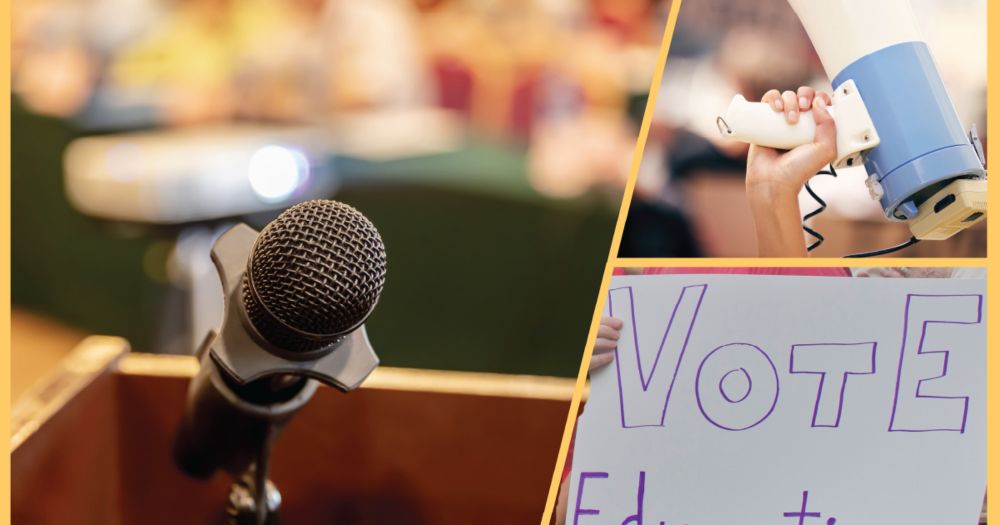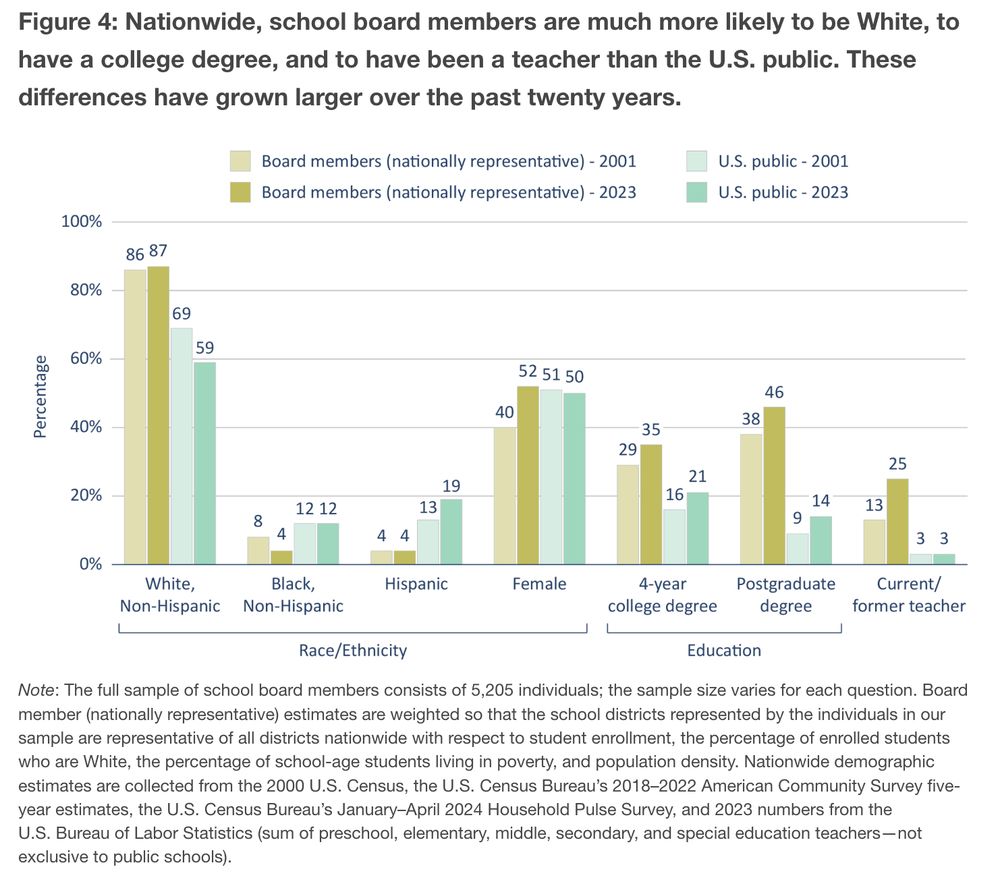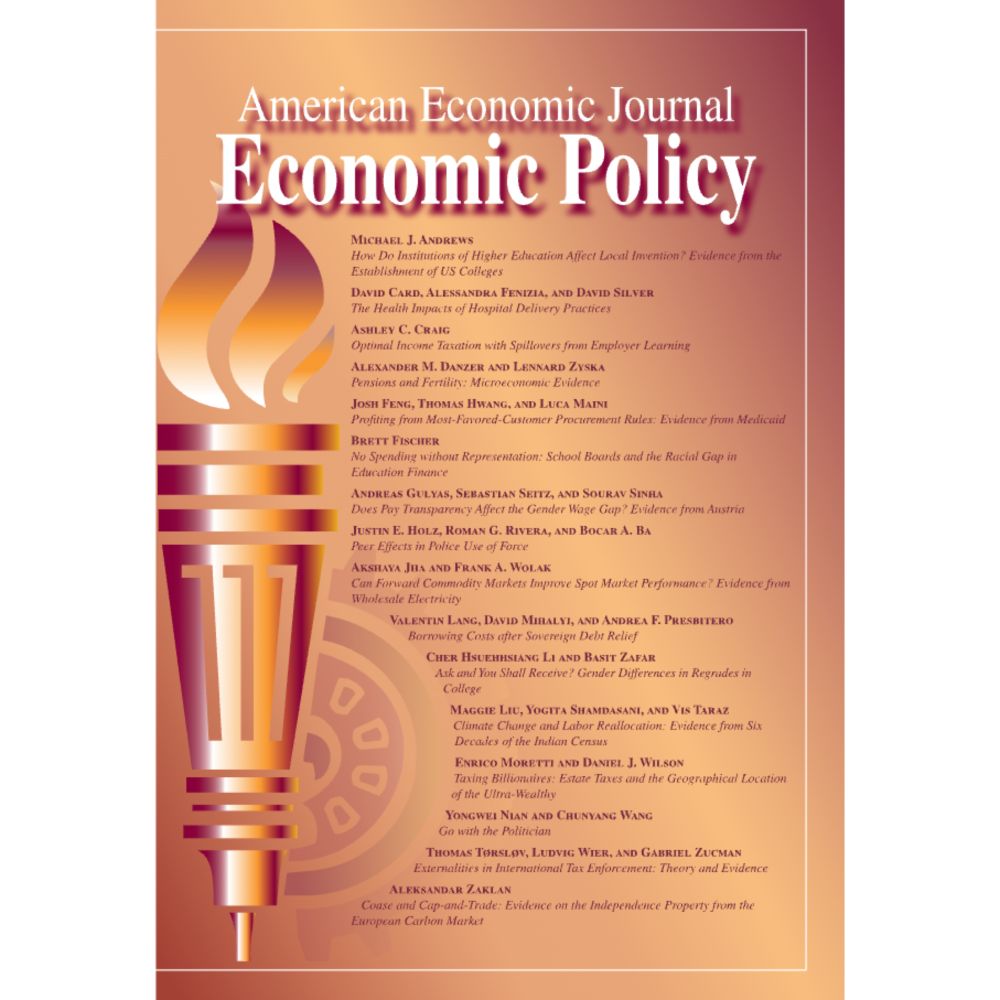David Houston
@dmhouston.bsky.social
1.8K followers
500 following
320 posts
Assistant Professor of Education Policy | George Mason University | Education Politics, Governance, and Public Opinion
Posts
Media
Videos
Starter Packs
Pinned
David Houston
@dmhouston.bsky.social
· Apr 1
Reposted by David Houston
Reposted by David Houston















